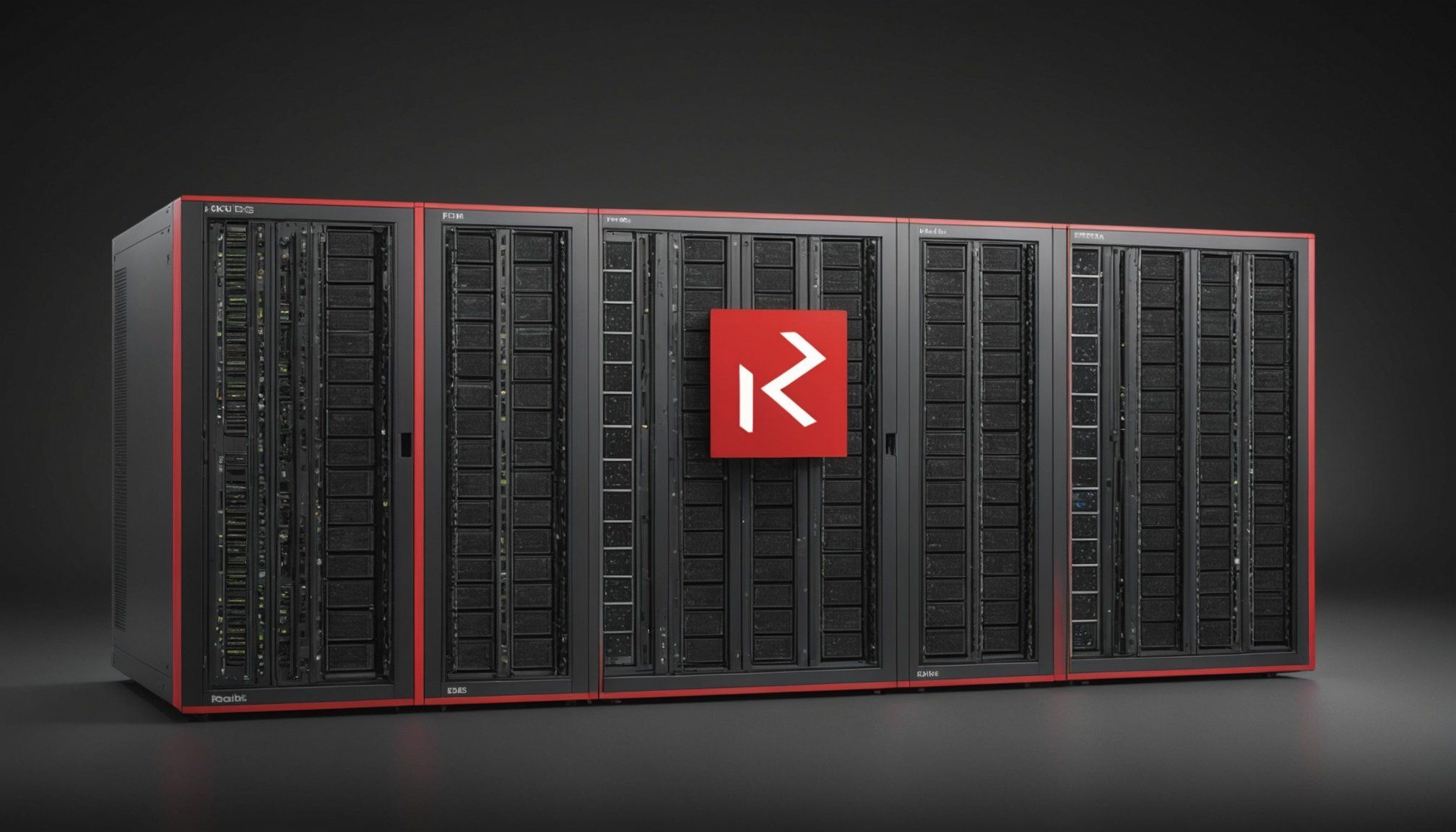Understanding Redis Clustering
Redis clustering is a pivotal component in the modern data management landscape. Designed to increase the scalability and flexibility of the Redis database, clustering allows Redis instances to operate in unison. This setup distributes data across multiple nodes, enhancing both system performance and data availability.
How Redis Clustering Works
The Redis architecture is built to be lightweight and nimble. In a clustered environment, it evolves to support data partitioning across several Redis nodes. This is done through hashing functions that direct keys into specific nodes, forming a seamless cluster. As a result, the database can handle substantial workloads by horizontally scaling, meaning it spreads across multiple machines rather than upgrading individual ones.
Also read : The Comprehensive Blueprint for Building a Robust and Scalable Kafka Cluster on Google Cloud Platform
Redis clusters rely on several core principles. Hash slots, crucial to the clustering concept, play a central role. Each Redis key is hashed to determine which cluster node will store it. A master-slave configuration is typically employed, where nodes are designated as either masters or slaves, to enhance data redundancy. This setup emphasizes a balanced load distribution and robust fault tolerance, offering a resilient data management solution ideal for dynamic environments.
Understanding these foundational elements of Redis clustering is essential for leveraging its full potential, paving the way for efficient and sustainable data strategies.
Topic to read : Ultimate Guide to Building a Strong VPN with Cisco AnyConnect for Enhanced Enterprise Network Security
Setting Up a Redis Cluster
Establishing a Redis cluster enhances database performance and availability, but it requires a meticulous setup process. This involves configuring the Redis system, preparing the environment, and adding nodes effectively.
Prerequisites for Cluster Setup
Before initiating a cluster setup, ensure that system prerequisites are sufficed. Redis version 3.0 or higher is necessary, along with multiple server instances for the cluster nodes. Adequate network configuration prevents communication delays between nodes.
Configuring Redis for Clustering
To configure Redis for clustering, modify the Redis configuration file. Set the cluster-enabled directive to yes. The cluster requires at least three master nodes for a fail-safe environment. Configuring ports and defining the cluster-config-file is crucial for maintaining stability.
Adding Nodes to the Cluster
Adding nodes starts with launching multiple Redis instances. Use the redis-cli --cluster create command to incorporate these instances into the Redis configuration. This command arranges them in a functional cluster. It’s important to rebalance the cluster regularly, ensuring efficient data distribution. Stability and fault tolerance improve with careful planning and execution of the cluster setup process.
Implementing Sentinel for High Availability
Ensuring high availability is crucial for systems requiring constant uptime. Redis Sentinel is an essential tool for delivering this by monitoring, notifying, and automatically initiating a failover when needed. Sentinel’s primary role is to orchestrate automatic failovers, promoting slave nodes to master positions if the current master fails. This process occurs seamlessly, usually without human intervention, ensuring reliability.
Failover Mechanisms
Redis Sentinel employs several mechanisms to manage failovers. It continuously monitors the master and slave instances. Upon detecting a failure, Sentinel takes immediate action to promote a healthy slave to a master role, securing the data flow. This responsiveness is key to reducing downtime and maintaining service availability.
Best Practices for Deployment
When deploying Redis Sentinel, it’s important to adhere to best practices:
- Multiple Sentinel Instances: Deploy at least three Sentinel instances for consensus on failover decisions.
- Separate from Data Nodes: Place Sentinels on different servers than your data nodes to prevent resource contention.
- Regular Monitoring: Continuously log and monitor Sentinel’s activities to pre-emptively address any potential issues.
These practices ensure that Redis clusters remain robust and reliable, ready to support your data management needs.
Performance Optimization Techniques
Performance optimization in Redis clustering is essential for maintaining high efficiency and reliability. Performance tuning involves carefully examining various aspects of Redis clusters and adjusting them for better results.
Analyzing Performance Metrics
To begin with, monitoring key performance metrics can offer invaluable insights. Metrics such as latency, throughput, and memory usage should be regularly analysed to assess cluster health. These metrics provide indicators of potential bottlenecks or inefficiencies within the cluster. Identifying memory fragmentation or high latency can help in pinpointing specific issues for further action.
Adjusting Configuration for Performance
Adjusting configuration parameters is a pivotal step in Redis optimization. Fine-tuning settings like maxmemory-policy or timeout can mitigate performance-related challenges. Adjusting maxclients according to your system’s capacities ensures Redis can efficiently handle concurrent connections.
Scaling Strategies for Redis Clusters
When it comes to scaling strategies, expanding the cluster horizontally allows for better data distribution and workload management. Adding additional nodes distributes cluster performance demands effectively. This approach, combined with careful configuration adjustment, boosts overall system throughput, ensuring robust performance under varying workloads. Planning for future growth is crucial to accommodate increasing data loads or user demands efficiently.
Troubleshooting Common Issues
Encountering issues in a Redis cluster is not uncommon, especially given the complexity of its setup. Troubleshooting Redis effectively requires understanding the potential problems that might arise both during and after implementation.
Identifying Common Cluster Issues
Some frequent challenges in Redis clustering include communication latency between nodes and inconsistency in data replication. These often stem from network misconfigurations or resource limitations. Identifying such issues early can prevent larger disruptions.
Resolving Sentinel Problems
Redis Sentinel, crucial for high availability, may face challenges like false failovers or breakdown in quorum consensus. To address Sentinel issues, ensure that Sentinel configurations are isolated from data nodes to avoid resource contention. Properly logging Sentinel’s activities aids in diagnosing these problems before they escalate.
Diagnosing Performance Bottlenecks
Analysing performance metrics is vital in diagnosing bottlenecks. Monitoring for irregular spikes in memory usage or significant drops in throughput can indicate where adjustments are needed. Proactive adjustments in Redis configuration, such as tweaking timeout or maxmemory-policy, can alleviate these constraints. By systematically addressing these issues, you can maintain a robust and efficient Redis cluster setup.
Case Studies and Real-World Applications
Studying Redis use cases and deployments unveils its versatility across industries, demonstrating how its features boost operational efficiency. In various industries, successful implementations of Redis clusters showcase the adaptability and robustness of this technology. For instance, in the e-commerce sector, Redis is often deployed to handle high volumes of web traffic efficiently, improving customer experience by reducing latency during transactions. This real-world application highlights Redis’s ability to enhance user interaction by employing its caching capabilities.
Key lessons learned from real deployments involve the necessity of careful planning and scaling strategies. Organisations have discovered that thorough initial configuration and ongoing tuning are critical for maintaining cluster performance over time. Tailoring configurations to specific workloads ensures systems remain responsive and resilient.
In the finance industry, the analysis of industry-specific use cases reveals how Redis helps banks process financial transactions in real-time, supporting complex data structures essential for risk analysis. These examples underscore Redis’s capabilities in managing vast data volumes quickly and efficiently, proving its value as a foundational technology for data-driven environments.











